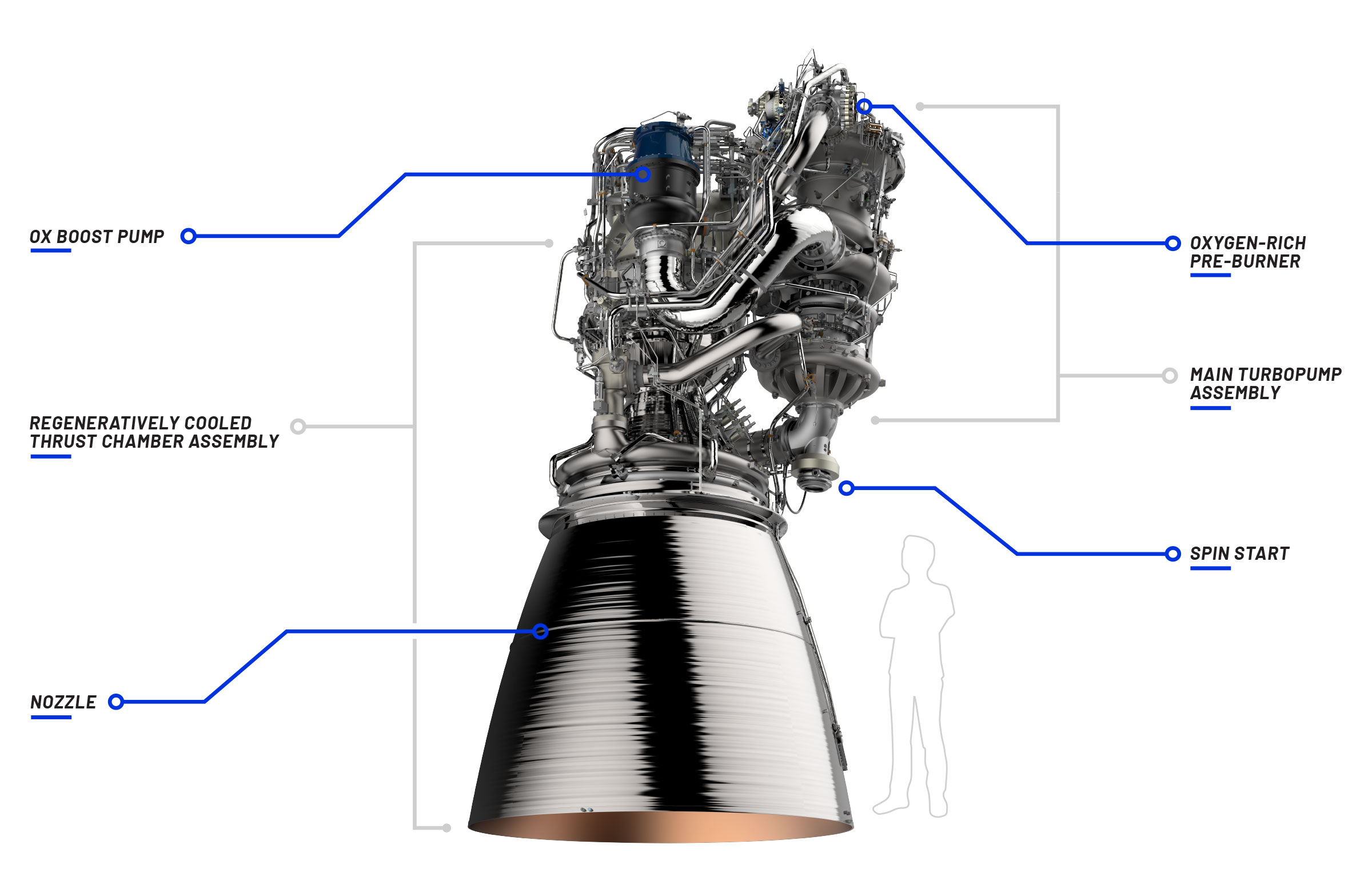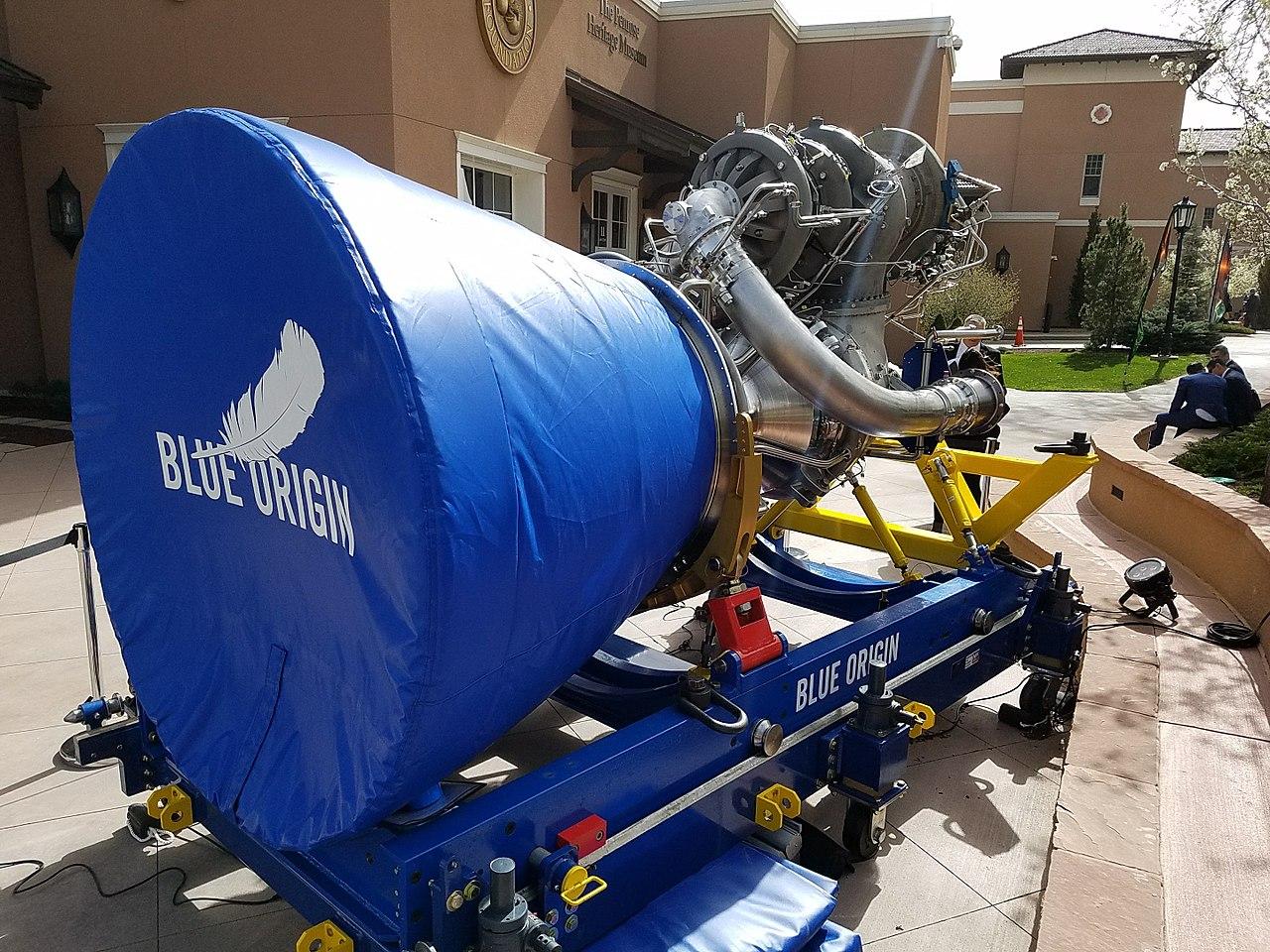


The first flight of New Shepard took place in April 2015, with a successful launch to an altitude of 307,000 feet (93.5 kilometers) - just below the Kármán line, the internationally-recognized boundary where space begins - and a safe return of the capsule, or Crew Module, to the surface. The New Shepard test program is meant to ensure the reliability and safety of the system, with multiple flights having been conducted on the three New Shepard vehicles that have flown thus far. It also serves as a science platform, enabling cheap, safe suborbital science access to space. The booster and capsule were built to serve the suborbital space tourism market, which will allow paying customers to experience a few minutes of flight time in microgravity before safely returning to the surface of Earth.

New Shepard is the first in a line of vehicles that Blue Origin will potentially operate. This mission, also known as NS-13, saw 12 commercial payloads launched to the edge of space and back, including a NASA-developed sensor suite that could enable future lunar landing craft to perform safe and precise touchdowns on the surface of the Moon as part of NASA’s Artemis exploration program.Īs in the name, the NS-13 mission was the 13th test flight of the New Shepard launch system, and the first such flight of 2020. After a ten-month lull in flights following the previous test of Blue Origin’s suborbital New Shepard launch system, the company conducted a launch and landing of the fully reusable booster and capsule duo.įollowing weather-related and technical issues during a window late in September, the flight took place from the company’s West Texas facility - near Van Horn, Texas - on Tuesday morning at just after 8:35 AM CDT / 13:35 UTC.


 0 kommentar(er)
0 kommentar(er)
